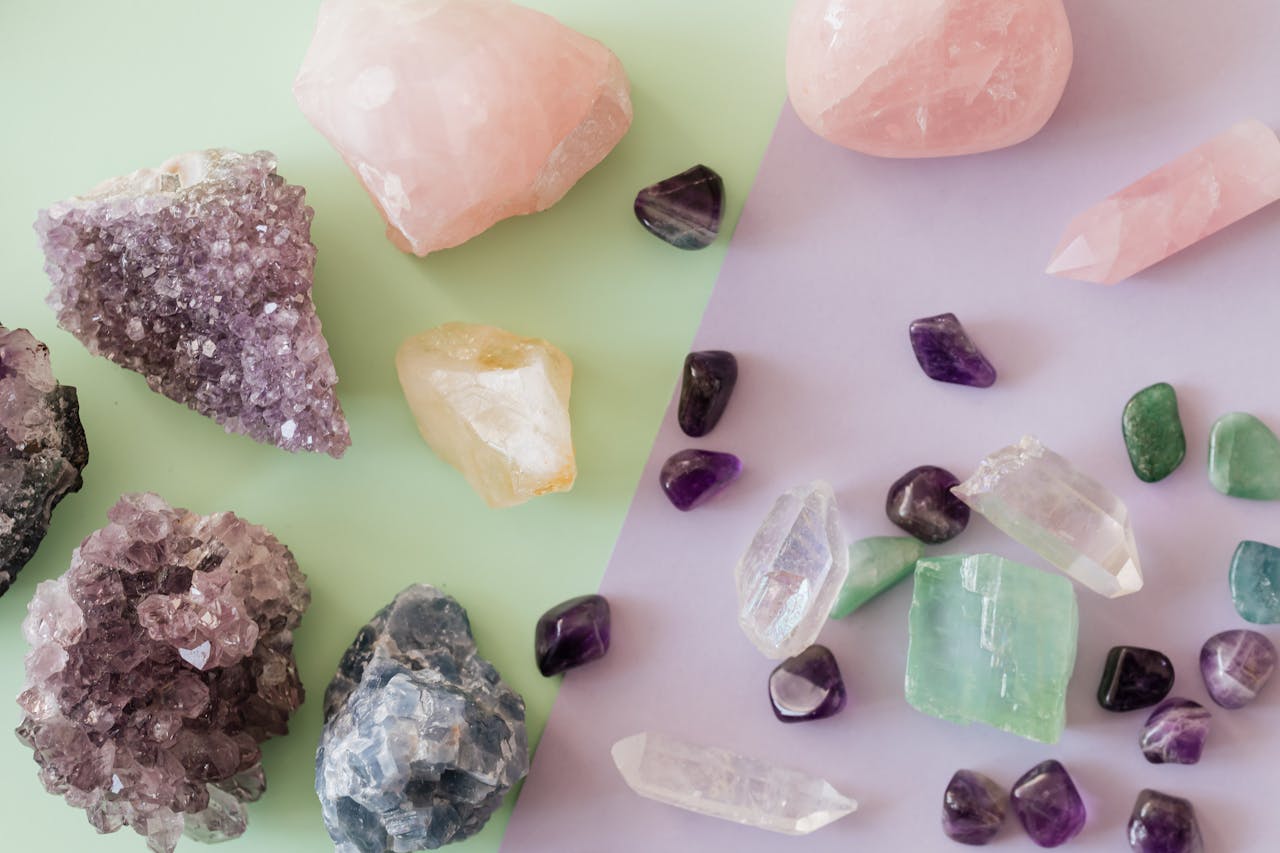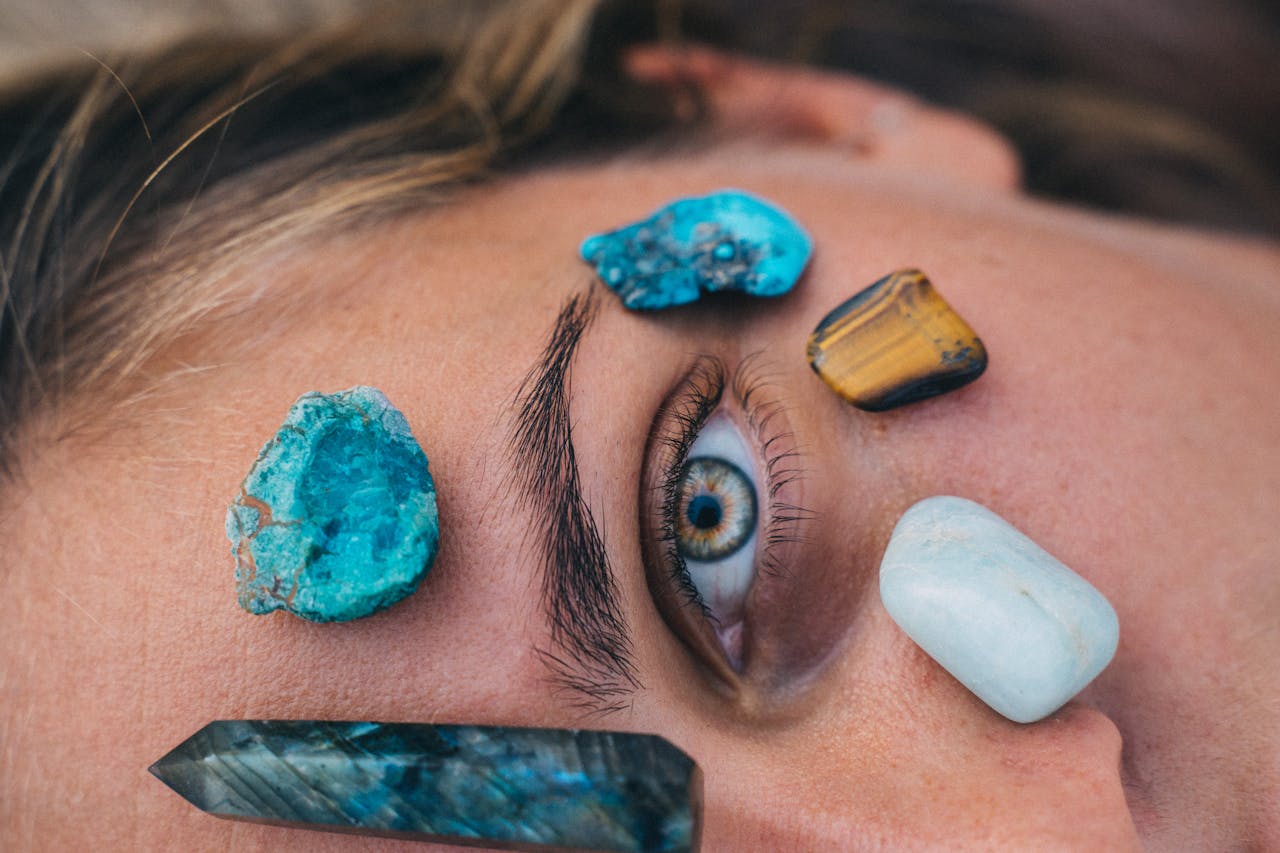For centuries, organic gemstones have captivated human imagination with their unique beauty and rarity. Amber, coral, and pearls are three of the most prized organic gemstones, each with its own distinct characteristics and histories. Whether you’re a seasoned collector, a jewelry connoisseur, or simply someone who appreciates the natural world, understanding these gemstones is essential to appreciating their beauty and value. In this article, we’ll embark on a journey to explore the fascinating world of amber, coral, and pearls, and provide you with the insights needed to appreciate these organic gemstones.
Amber: A Gemstone Born from Ancient Trees
Amber is a type of fossilized tree resin that has been prized for its beauty and rarity for thousands of years. Formed from the resin of ancient trees, amber is a unique gemstone that can contain a range of inclusions, from tiny insects to plant material.
The Formation of Amber
Amber is formed when tree resin is buried under layers of sediment and subjected to heat and pressure over millions of years. As the resin undergoes this process, it hardens and becomes more resistant to decay, eventually forming the amber we know today. The resulting gemstone can range in color from pale yellow to deep orange, and may contain a range of inclusions that provide a glimpse into the ancient world.
Sources of Amber
Amber is found in various parts of the world, including the Baltic region, the Dominican Republic, and Mexico. The Baltic region is particularly renowned for its high-quality amber, which is prized for its vibrant colors and clarity. Other sources of amber, such as the Dominican Republic, are known for their unique inclusions, which can include ancient insects and plant material.
Coral: A Gemstone Formed from the Sea
Coral is a type of organic gemstone that is formed from the skeletons of tiny marine animals called coral polyps. Coral has been used in jewelry and decorative objects for thousands of years, and is prized for its vibrant colors and delicate patterns.
The Formation of Coral
Coral is formed when coral polyps secrete a hard, calcium carbonate exoskeleton. As the polyps grow and die, they leave behind their exoskeletons, which are then cemented together to form a coral reef. The resulting coral can range in color from pale pink to deep red, and may be used in a variety of jewelry and decorative objects.
Sources of Coral
Coral is found in tropical and subtropical waters around the world, including the Mediterranean, the Red Sea, and the Pacific Ocean. The quality and color of coral can vary significantly depending on the source, with some types of coral being more prized than others. For example, red coral from the Mediterranean is highly valued for its vibrant color and is often used in high-end jewelry.
Pearls: A Gemstone of Enduring Elegance
Pearls are a type of organic gemstone that is formed within the shells of certain mollusks, such as oysters and mussels. Pearls have been prized for their beauty and rarity for thousands of years, and are often used in high-end jewelry.
The Formation of Pearls
Pearls are formed when a mollusk secretes layers of nacre, a shiny substance made from calcium carbonate and protein, around an irritant, such as a grain of sand or a parasite. As the mollusk continues to secrete nacre, the pearl grows in size and luster, eventually forming a beautiful and highly prized gemstone.
Sources of Pearls
Pearls are found in various parts of the world, including the Pacific Ocean, the Indian Ocean, and the Gulf of Mexico. The quality and characteristics of pearls can vary significantly depending on the source, with some types of pearls being more prized than others. For example, Akoya pearls from Japan are highly valued for their luster and round shape, while Tahitian pearls from French Polynesia are prized for their unique colors and large size.
Types of Pearls
There are several types of pearls, including Akoya, Tahitian, and South Sea pearls. Each type of pearl has its own unique characteristics and is prized for its beauty and rarity. Akoya pearls, for example, are known for their luster and round shape, while Tahitian pearls are prized for their unique colors and large size.
Caring for Amber, Coral, and Pearls
To keep your amber, coral, and pearl jewelry looking its best, it’s essential to care for it properly. Here are a few tips:
- Avoid exposure to harsh chemicals: Chemicals such as bleach and ammonia can damage or discolor amber, coral, and pearls.
- Store your jewelry carefully: Store your amber, coral, and pearl jewelry in a cool, dry place, away from direct sunlight and other gemstones that may scratch or damage them.
- Clean your jewelry regularly: Use a soft cloth and mild soap to clean your amber, coral, and pearl jewelry, and avoid using ultrasonic cleaners or other harsh cleaning methods.
In conclusion, amber, coral, and pearls are three unique and fascinating organic gemstones that are prized for their beauty and rarity. By understanding the characteristics and histories of these gemstones, you’ll be better equipped to appreciate their beauty and value, and to care for your amber, coral, and pearl jewelry properly. Whether you’re a seasoned collector or simply someone who appreciates the natural world, these gemstones are sure to captivate and inspire.


